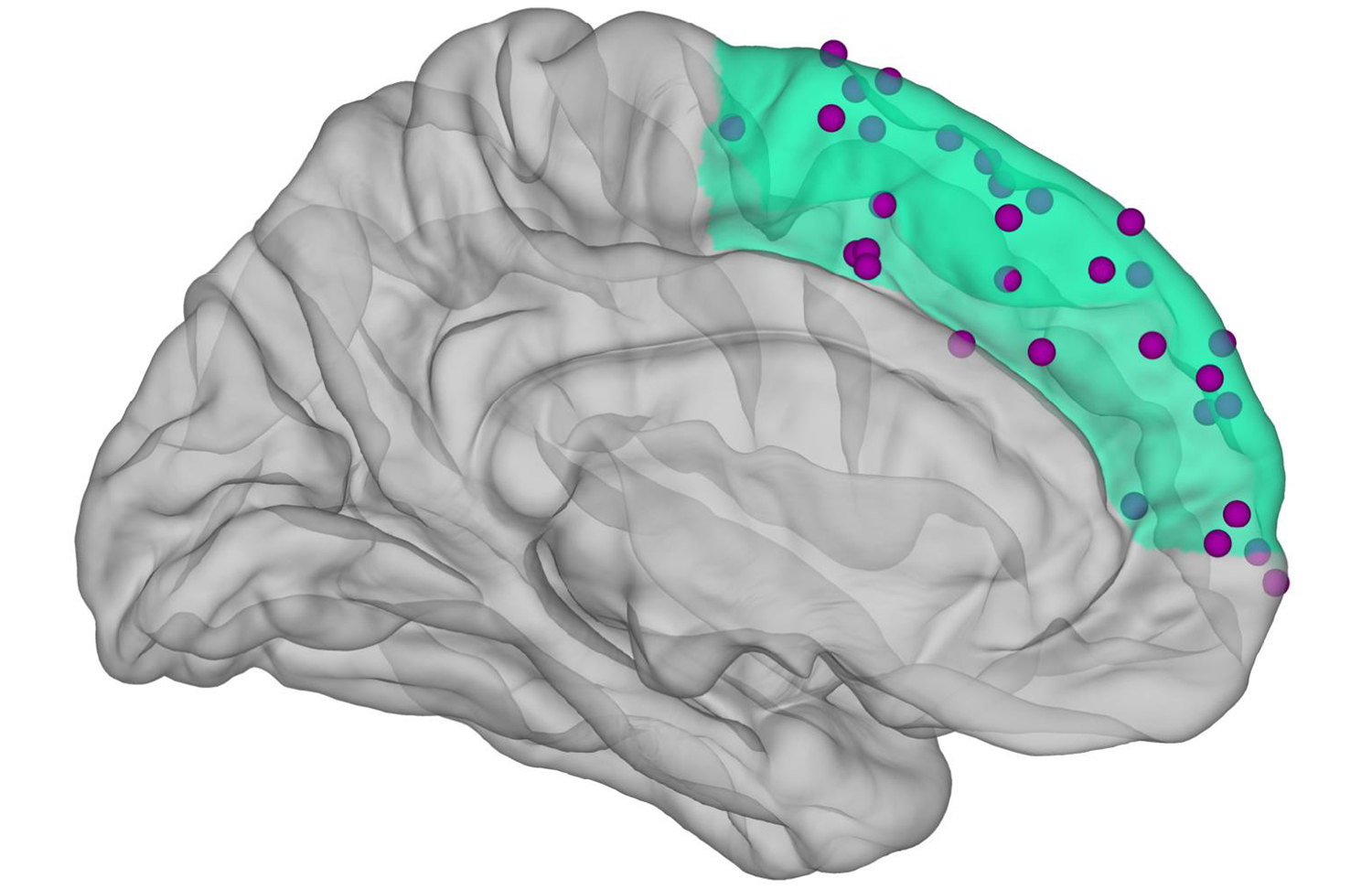
Why Doesn't Your Vision 'Go Dark' When You Blink?

There's a saying that goes, "Blink and you'll miss it." But generally, we don't miss a thing when we blink; in fact, we don't even notice when we're doing it. Indeed, even though adults blink about 15 times per minute, on average, our vision appears seamless and uninterrupted.
But how does that work, exactly?
Experts have proposed that the brain fills in these gaps, maintaining a "snapshot" that bridges the brief moments during blinks when visual input is paused. But those explanations limited this activity to certain areas in the brain; namely, the sensory areas found in the back. But researchers have recently questioned if other brain regions were involved as well, and they found one — in the front of the brain.
In a new, small study, published online today (Sept. 24) in the journal Current Biology, scientists found that the prefrontal cortex, a brain region involved in decision making and short-term memory, links what we see between blinks or other interruptions of our vision. In this way, the prefrontal cortex plays a pivotal role in perceptual memory, a type of long-term memory that stores sensory input.
Related: How did nearsighted people manage before glasses were invented?
In previous research, the study authors examined brain activity using magnetic resonance imaging (MRI), and found several brain regions — including the prefrontal cortex — that were active during the formation of perceptual memory, lead study author Caspar Schwiedrzik, a neuroscientist at the German Primate Center and the University Medical Center Göttingen in Germany, told Live Science in an email.
When they compared results across multiple subjects, activity in the prefrontal cortex was the most consistent — and the most promising as a factor in perceptual memory, Schwiedrzik said.
Sign up for the Live Science daily newsletter now
Get the world’s most fascinating discoveries delivered straight to your inbox.
In the new study, the researchers set out to replicate their MRI results, and did so "with a more direct, electrophysiological technique," he said. Specifically, they measured brain activity in six people with epilepsy who had electrodes implanted in their brains to treat the condition; this allowed the scientists to directly record the subjects' brain activity, according to the study.

Which way is up?
When a person blinks, whatever they're looking at is retained by the brain, then visually connected to what they see when the eyelid lifts again. For the study, scientists devised an experiment that would demonstrate a similar visual connection between two images. At the same time, the electrodes would show them which brain areas were firing while this visual interpretation was taking place.
In the experiment, researchers showed the study participants patterns whose orientation could be interpreted in different ways, such as vertical or horizontal. The participants looked at patterns in pairs — one after the other — and picked the orientation of the two images.
During this activity, the scientists recorded brain activity in the prefrontal cortex. They noted that perceptual memory was being activated if the orientation selected for the second image matched the orientation of the first image; this hinted that the sight of the first pattern influenced how the subjects saw the second one. Activity in the prefrontal cortex during these experiments told them that this brain region is involved when perceptual memory is underway, the study authors reported.
What's more, they also found that one subject who was missing part of her prefrontal cortex due to an earlier surgery, was unable to store information to form perceptual memories in the experiments, suggesting that the prefrontal cortex is necessary for this type of memory to function at all.
These findings demonstrate that the prefrontal cortex actively "calibrates" new input with earlier visual data, "and thus enables us to perceive the world with more stability — even when we briefly close our eyes to blink," Schwiedrzik said in a statement.
Original article on Live Science.

Mindy Weisberger is an editor at Scholastic and a former Live Science channel editor and senior writer. She has reported on general science, covering climate change, paleontology, biology and space. Mindy studied film at Columbia University; prior to Live Science she produced, wrote and directed media for the American Museum of Natural History in New York City. Her videos about dinosaurs, astrophysics, biodiversity and evolution appear in museums and science centers worldwide, earning awards such as the CINE Golden Eagle and the Communicator Award of Excellence. Her writing has also appeared in Scientific American, The Washington Post and How It Works Magazine. Her book "Rise of the Zombie Bugs: The Surprising Science of Parasitic Mind Control" will be published in spring 2025 by Johns Hopkins University Press.









